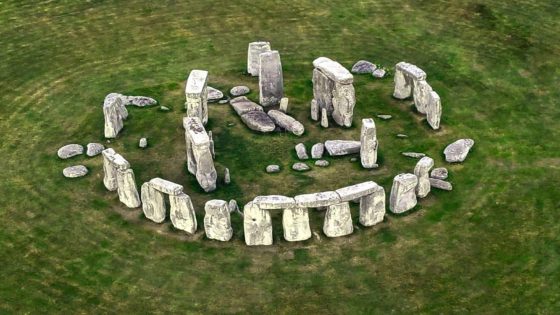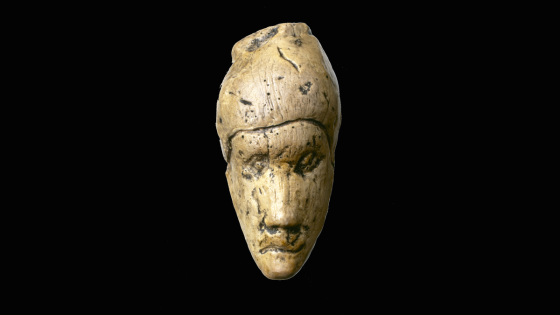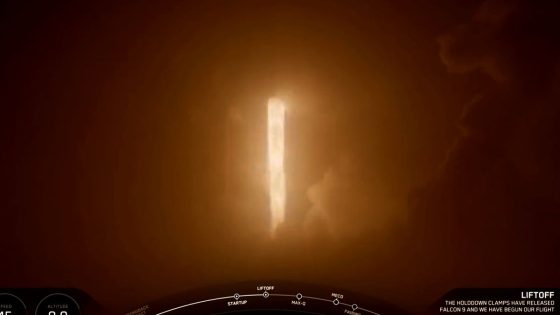Archaeologists recently revealed a fascinating mystery about a Stonehenge-like monument that has been moving for thousands of years. Unlike traditional ancient sites, this structure’s gradual shifts challenge our understanding of megalithic stability. What could be causing this unusual movement?
- Megalithic site exhibits unusual movement.
- Geological activity may explain stone shifts.
- Comparison with stationary ancient structures.
- Research techniques include LIDAR mapping.
- Findings could reshape archaeological interpretations.
- Possible human intervention in stone positioning.
Unraveling the Mystery of an Ancient Moving Monument
What if ancient structures could move? Researchers are investigating a megalithic site that has shifted over time, unlike any other known monument. This raises intriguing questions about the forces at play and the capabilities of early civilizations.
Exploring the Causes of the Monument’s Movement
The movement of this ancient site has sparked various theories among researchers. Here are some possible explanations:
- Geological Activity: The site may lie on a slow-moving fault line.
- Water Erosion: Seasonal flooding could be altering the ground beneath the stones.
- Soil Instability: Changes in soil composition might affect the monument’s foundation.
- Electromagnetic Forces: Interactions with geomagnetic fields could be influencing stone positions.
Comparing This Site to Other Megalithic Structures
Unlike Stonehenge and other ancient sites like Göbekli Tepe and Carnac, which have remained stationary, this moving monument challenges our assumptions about megalithic stability. If proven intentional, it could indicate that early civilizations possessed advanced knowledge of their environment.
Implications for Archaeology and Future Research
This discovery may change how scientists interpret ancient structures. If natural causes are responsible for the movement, it could reveal previously overlooked environmental influences on megalithic sites worldwide. Alternatively, if human intervention is confirmed, it would challenge existing beliefs about early technological capabilities.
As researchers continue to investigate this intriguing site, they may uncover insights that not only explain its movement but also enhance our understanding of how ancient civilizations interacted with their ever-changing world.

































